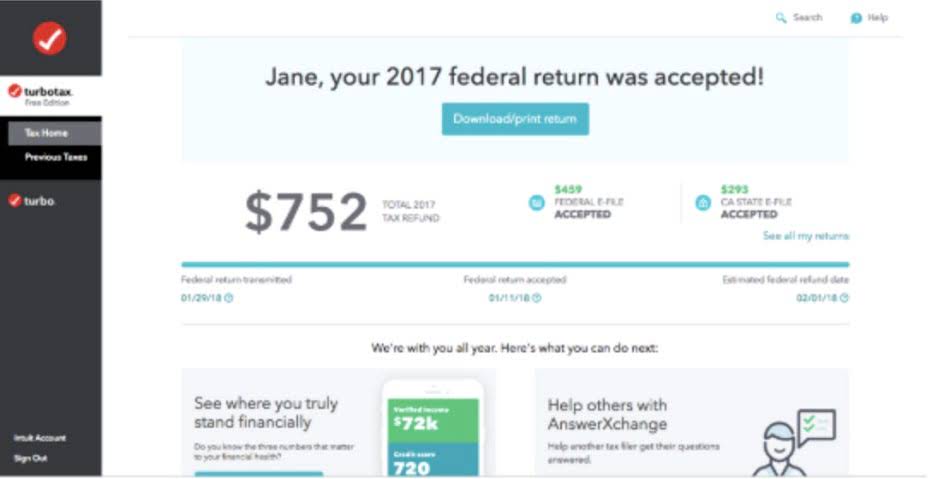Mostbahis Oyna Online Mostbet Oyna Güncel Website Link Turkce
3 August 20221xbet Azerbaycan Mərc Saytı Yararlanmağın Ünvanı 1xbet Az Rəsmi Saytı
3 August 2022
The software that’s sold with this type of arrangement is often referred to as SaaS, or “Software as a Service,” because of its similarity to service contracts. Leases can be a great example of situations where a contract may require a lessee to pay a portion of their obligation prior to or at lease commencement. These types of stipulations are generally observed in real estate leases where the landlord typically requires one or two months of the monthly rent obligation upon execution of the contract or at lease commencement. Note that this situation is different from a security deposit which is generally refundable. Although Mr. John’s trial balance does not disclose it, there is a current asset of $3,200 on 31 December 2019. At the end of June, the entire monthly insurance coverage has been used, so LMN Company needs to expense the full amount.
- If the entirety of the prepaid asset is to be consumed within 12 months, then it is deemed a current asset.
- In layman’s terms, prepaid expense is recognized on the income statement once the value of the good or service is realized, i.e, the service or good is delivered.
- Over time, as the insurance coverage is used up, the prepaid insurance account is expensed.
- Therefore, the financial statements for Abdul Co. would be prepared as at 31st December 2019.
- There are different types of insurance policies available, and they can be tailored to meet the needs of the customer.
Do you own a business?
- This is usually done by the accounting department at the end of each financial year by using an adjusting journal entry.
- On December 1 the company pays the insurance company $12,000 for the insurance premiums covering one year.
- In this article, we will delve further into how to appropriately account for prepaid expenses and their impact on the financial statements as well as decision-making.
- Prepaid insurance is the portion of an insurance premium that has been paid in advance and has not expired as of the date of a company’s balance sheet.
- The articles and research support materials available on this site are educational and are not intended to be investment or tax advice.
- Thus, out of the $1,500, $900 worth of supplies have been used and $600 remain unused.
A “prepaid asset” is the result of a prepaid expense being recorded on the balance sheet. Prepaid expenses result from one party paying in advance for a service yet to be performed or an asset yet to be delivered. Accounting for prepaid expenditures and ensuring they are properly recognized on your financial statements is a critical piece of financial reporting. In this article, we will delve further into how to appropriately account for prepaid expenses and their impact on the financial statements as well as decision-making.

Part 2: Your Current Nest Egg

The journal entries above shows how insurance expense is treated, in case of prepayments. What we are actually doing here is making sure that the incurred (used/expired) portion is treated as expense and the unused part is in assets. The adjusting entry will always depend upon the method used when the initial entry was made. The prepaid insurance will be allocated to the insurance expense base on the coverage time.
Prepaid Insurance vs. Insurance Expense

This requires proper calculation and amortization of prepaid expenditures such as insurance, software subscriptions, and leases. An insurance premium is an amount that an organization pays on behalf of its employees and the policies that a business has rendered. The expense, unexpired and prepaid, is reported in the books of accounts under current assets. Prepaid insurance refers to the amount of insurance premium that has been paid in advance for future coverage. Since this amount represents a future benefit to the business, it is recorded as an asset on the balance sheet. Over time, as the insurance coverage is used up, the prepaid insurance account is expensed.
- When the company makes an advance payment for insurance, it can make prepaid insurance journal entry by debiting prepaid insurance account and crediting cash account.
- Passing adjustment entries to balance the books of accounts is often helpful, preventing one from making an entry for new business transactions.
- Prepaid insurance is an asset account that represents the amount of insurance premiums paid in advance.
- This amount corresponds to 12 months, beginning on 1st July 2019, and ending on 30th June 2020.
- This adjusting entry will be repeated at the end of May and June to recognize the insurance expense gradually over the quarter.
Expense Method
Practice these concepts regularly to build a strong foundation in accounting for prepaid expenses. When the company makes an advance payment for insurance, it can make prepaid insurance journal entry by debiting prepaid insurance account and crediting cash account. The adjusting entry for prepaid how to journalize prepaid insurance expense depends upon the journal entry made when it was initially recorded. The prepaid insurance will be recorded when the company makes payment to the insurance company. Either method for recording prepaid expenses could be used as long as the asset account balance is equal to the unexpired or unused cost as of each balance sheet date.

Journal Entry for Prepaid Expenses

When the insurance premiums are paid in advance, they are referred to as prepaid. The amount of the insurance premiums that remain prepaid at the end of each accounting period are reported in the current asset What is bookkeeping account, Prepaid Insurance. The balance in this account will be combined with the balances in other prepaid expense accounts and will be listed on the balance sheet as prepaid expenses.
